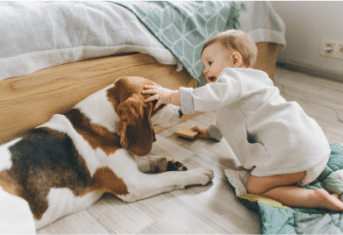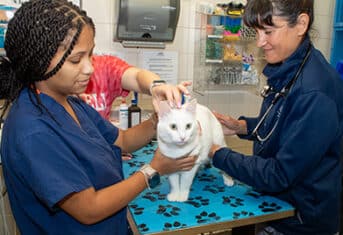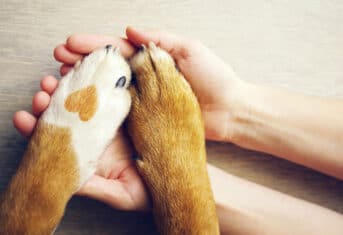Anemia Tails: Dog and Cat Anemia

Anemia Tails: Dog and Cat Anemia
According to VetLearn, a company focused on continuing education for veterinarians and veterinary technicians, one of the top ten articles they published in 2012 was on anemia in dogs and cats. If an article on anemia tops your veterinarian’s reading list, then your pets are perplexing anemia cases. I would guess you have questions about anemia too.
Anemia: definition
Although the causes of anemia are complex, the definition is simple: if your pet is anemic, she doesn’t have the normal number of red blood cells speeding through her blood vessels carrying oxygen and nutrients to cells and removing cellular waste products. Without adequate oxygen, your usually peppy pup or cavorting cat acts dull and tired.
Liver and onions cause anemia?
You may think liver is a cure for anemia: not true. Last week we saw a cute wiener dog named Klauss. He came to The Animal Medical Center with dark brown urine. Although, Klauss didn’t seem sick to his owner, the color of the urine was frightening, provoking a trip to The AMC ER. The ER doctors found his urine contained a large amount of bilirubin, a breakdown product of red blood cells. They also found Klauss was anemic. Upon further questioning, the family reported of a raid on the trash can containing the leftovers of a of liver and onion dinner. Onions and garlic can damage the red blood cells of both dogs and cats, causing them to rupture and resulting in anemia. Klauss only needs to avoid eating onions and his body will shortly make new red blood cells.
Ironclad diagnosis
We take better care of our pets than ourselves, providing them with nutritious food while we snack out of the pantry. Because of their high level of nutrition, iron deficiency is rare in our furry friends. My patient Jackie, a Labrador with a jaw tumor, has developed a rare case of iron deficiency anemia. Three weeks ago, her tumor eroded a blood vessel and caused a major hemorrhage. When she lost blood, she also lost iron. On her most recent blood count, the red blood cells were tiny. The small size is a result of inadequate iron which keeps them from growing to normal size. An injection of iron will easily fix Jackie’s anemia.
Strange, but true
Hatshepsut, an Egyptian Mau cat, was not acting right. Because of a waning appetite, she came to the hospital for an evaluation. The radiologist saw an intestinal tract full of kitty litter when he reviewed her x-rays. Hatshepsut has a strange but true sign of anemia-pica – an appetite for eating non-food substances. Kitty litter is common, but I have seen dogs with anemia spend all day licking the grout between the bathroom tiles. The presence of kitty litter in the intestine made me suspect anemia, and a blood test confirmed it.
In conclusion
- Blood loss, red blood cell destruction and faulty bone marrows are all causes of anemia.
- Is your pet tired, eating strange items or just not feeling well in general? See your veterinarian for a blood count.
- Does your pet’s skin or urine have a funny color? Take a urine sample to the veterinary clinic for testing.
- Does your pet’s stool have funny color? Take a sample for analysis.































